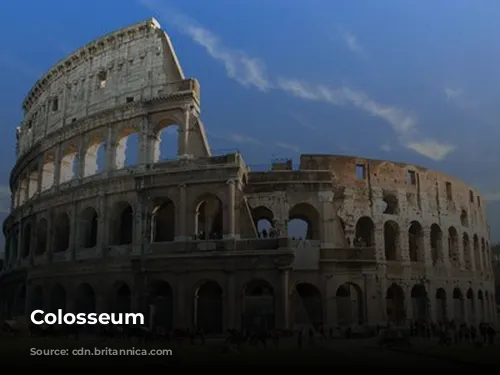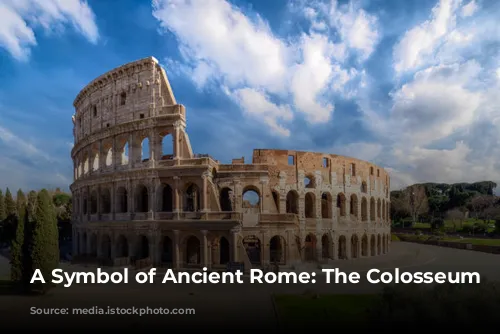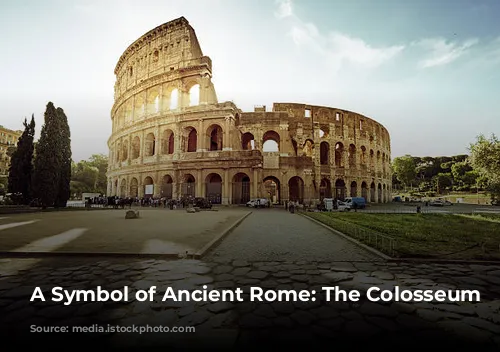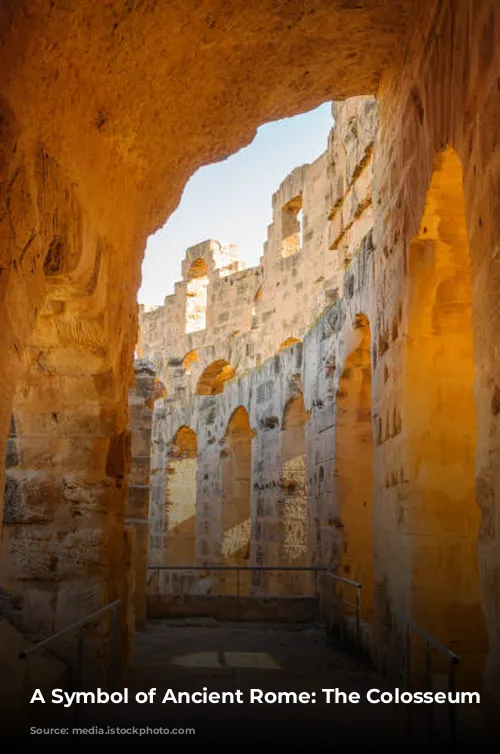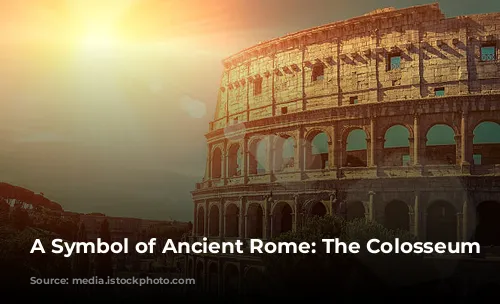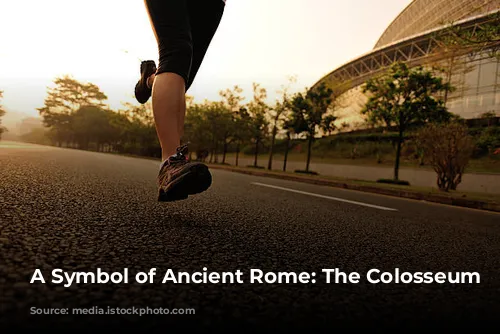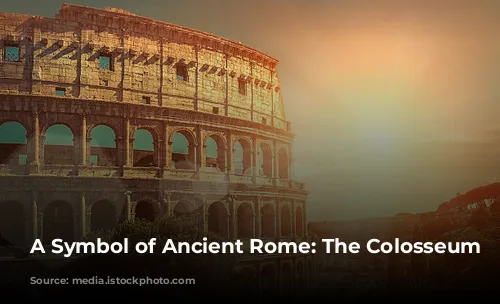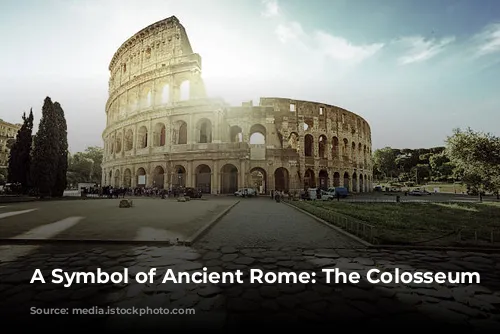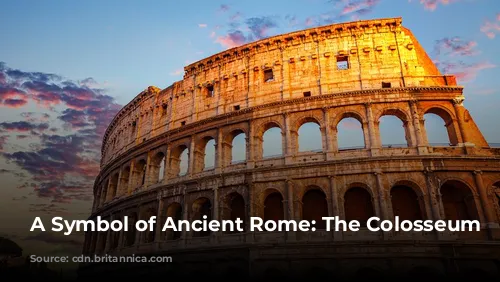The Colosseum, one of the most iconic structures of the Roman Empire, stands tall as a testament to the architectural and engineering skills of the ancient Romans. It is also a major source of income for the Italian government, attracting millions of tourists each year. In fact, the Colosseum, along with the Roman Forum and Palatine Hill, generated over $63.3 million (€53.8 million) in revenue in 2018, making it the most popular tourist attraction in Italy.
This ancient amphitheater, built in the heart of Rome, is a living history lesson. Its construction, a monumental undertaking, began under the reign of Emperor Vespasian between 70 and 72 CE. This ambitious project aimed to revitalize Rome after the tumultuous “Year of the Four Emperors” in 69 CE. Inspired by other Roman amphitheaters, Vespasian envisioned the Colosseum as a grand entertainment venue for the Roman people, a place to host gladiatorial contests, animal hunts, and even mock naval battles.
The Colosseum’s construction continued under Vespasian’s successor, his son Titus, who officially dedicated the structure in 80 CE. The upper story, the fourth level of the Colosseum, was added by Emperor Domitian in 82 CE. The funding for this impressive construction came from the spoils of war – the plunder taken from Jerusalem by Titus during his conquest in 70 CE. Tragically, Jewish slaves captured in Judaea were forced to work on the Colosseum’s construction.
A Giant of Stone and Concrete
The Colosseum, also known as the Flavian Amphitheater, is an impressive elliptical structure built using stone, concrete, and tuff. This architectural masterpiece stands four stories tall, measuring an astounding 620 by 513 feet (189 by 156 meters). It was designed to accommodate a massive crowd of up to 50,000 spectators, who came to witness the thrilling spectacles held within its walls.
The Colosseum is a testament to Roman ingenuity and their mastery of building techniques. Unlike earlier amphitheaters, which often relied on the natural slopes of hillsides for support, the Colosseum was built as a freestanding structure. This remarkable feat was achieved through a sophisticated system of barrel and groin vaults, crafted with precision and skill. The facade is adorned with engaged columns in the Doric, Ionic, and Corinthian orders, a design that influenced later Renaissance architects.
The Colosseum provided a magnificent backdrop for numerous events, including gladiatorial combats, man vs. beast battles, and even elaborate mock naval battles. These spectacles captivated the Roman people, drawing them to the arena for hours of entertainment. While the Colosseum was often used for these public spectacles, the exact location of the martyrdom of early Christians remains uncertain.
A Monument Through Time: From Glory to Neglect and Revival
After the fall of the Western Roman Empire, the Colosseum fell into a state of disrepair, becoming a mere shadow of its former glory. In the 12th century, two powerful Roman families, the Frangipane and the Annibaldi, repurposed the arena as their fortress. In the late 15th century, Pope Alexander VI permitted the Colosseum to be used as a quarry, its once beautiful marble seating and decorations plundered for construction materials. This period of neglect lasted for over a thousand years, leaving the Colosseum in a state of ruin.
However, in the 19th century, the Colosseum began to receive the attention it deserved. Significant preservation efforts were initiated under the leadership of Pope Pius VIII. Then, in the 1990s, a major restoration project was launched, bringing new life to this iconic monument. Today, the Colosseum stands as a symbol of ancient Rome, attracting millions of visitors from around the world each year.
The Colosseum stands as a reminder of the grandeur and resilience of the Roman Empire. It is a testament to the ingenuity and skill of Roman architects and engineers, and a reminder of the power of human creativity. This magnificent monument, once a stage for gladiatorial battles and other spectacles, now serves as a source of inspiration and wonder, showcasing the enduring legacy of ancient Rome.


